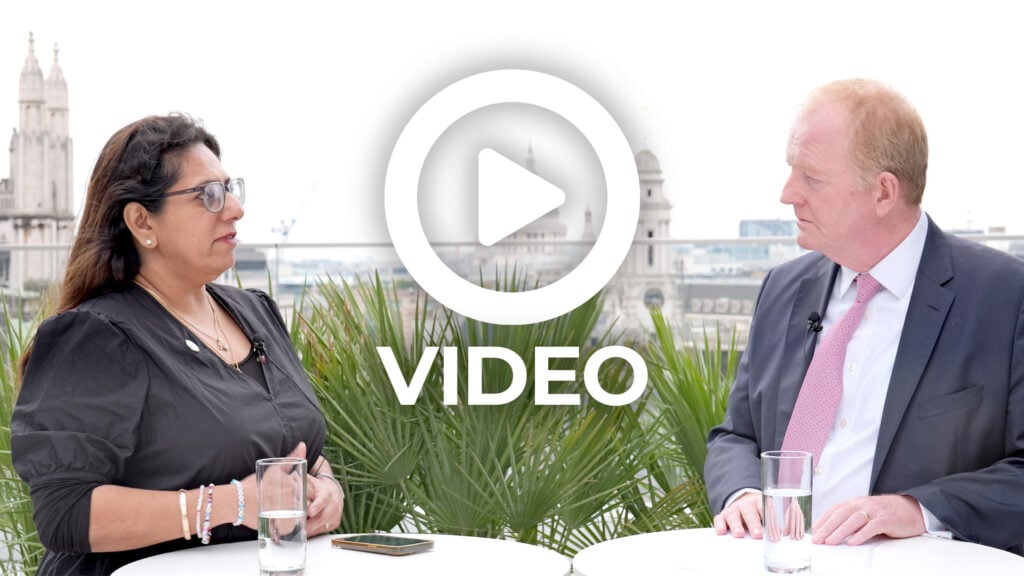Brexit dividend – Free Trade Agreement with India?
Negotiations for a Free Trade Agreement between the UK and India are currently under way, with negotiations expected to conclude by the end of 2022 and potentially by October 2022. In light of the UK’s exit from the European Union (Brexit), we analyse the prospects for UK-India trade and identify key considerations for Indian and UK businesses.
The UK and India entered into an Enhanced Trade Partnership (ETP) in May 2021 and commenced negotiations for a comprehensive Free Trade Agreement (FTA) in January 2022. An end-of-the-year timeline has been suggested for an interim pact, but the latest indications are that it could be agreed by the end of October 2022. The ETP forms part of the ‘2030 Roadmap’ for future UK-India relations and was highlighted during Prime Minister Boris Johnson’s visit to India in April 2022. The prospect of a UK-India FTA will bring key benefits to UK and Indian businesses. Brexit will in this way allow the UK to forge its own trade alliances, but on the other hand may raise concerns with Indian investors focusing on the Europe-wide market. In this article, we analyse the ETP, the prospective FTA and the impact these will be likely to have on UK-India trade.
The Enhanced Trade Partnership and UK-India FTA negotiations
On 4 May 2021, the UK Government agreed an ETP with India. The ETP investment package contains around £533 million new Indian investment in the UK as well as British export deals to India worth over £446 million. The UK and India also declared their shared intent to work towards agreeing a comprehensive FTA. In its press release, the UK Government commented, “India’s population is bigger than the EU and US combined and by far the largest market the UK has committed to negotiating a trade deal with to date.”1
The ETP sits within the wider ‘2030 Roadmap’ agreed between the two countries as a framework for building closer ties in areas such as trade and investment, defence, climate and health. The tangible impact the ‘2030 Roadmap’ will have on Indian and UK businesses remains to be seen, but it has paved the way for negotiations of an FTA.
Since its departure from the EU and the end of the Brexit transition period on 31 December 2020, the UK can now negotiate and enter into FTAs. India is a key trade partner, with UK-India trade valued at around £23 billion in 2019 and the ETP aims to double this by 2030. 2 A 14-week public consultation that closed on 31 August 2021 sought views from the public and businesses on the current UK-India trade relationship as well as potential improvements.3 Meanwhile, India and the EU agreed in May 2021 to resume negotiations for a trade agreement.4 Formal negotiations between the UK and India commenced in January 2022. There are 26 chapters in the proposed UK-India FTA, four of which have already been agreed at the time of writing. There has been substantial progress in negotiating the other 22 chapters.5
Benefits and concerns for Indian and UK businesses
A key benefit will be the removal of trade barriers and the UK Government has already indicated removing tariffs will benefit UK exports, as currently only 3% of product lines on UK exports to India are tariff free. 6 Further, India deploys more technical barriers to trade as well as sanitary and phytosanitary measures than the UK, where an FTA can benefit UK businesses exporting commodities to India.
On a practical level, Indian and UK businesses will take comfort from the ‘2030 Roadmap’. Its framework sets aims for future UK-Indian relations in priority areas beyond the FTA – such as migration, education and culture. Following talks between Prime Minister Boris Johnson and Prime Minister Narendra Modi in April 2022, the UK has indicated that it might make concessions in the area of immigration. India had previously expressed a desire that their citizens have increased access to the UK as part of any trade deal. 7 Being able to use English as a common language will also help Indian and UK businesses cooperate under a future FTA.
On the other hand, many Indian companies investing in the UK in recent years, and at any rate before the UK’s Brexit referendum in June 2016, may have done so with the wider European market in mind. The impact of Brexit on the UK-EU trade relationship, including the movement of goods and services, will be a key concern for such Indian foreign investors.
Investor protection
Another important consideration for businesses will be how investor protection is handled in a future UK-India FTA. The UK Government’s consultation information note acknowledges the relevance of including investor protection provisions in a future FTA but does not go into detail on how this will be dealt with. The Indian Ministry of Corporate Affairs has previously engaged an independent Expert Committee on Company Law to investigate and report on investor protection in India in light of the growing number of foreign investors in the country. 8 Under the ‘2030 Roadmap’, UK companies are encouraged to invest in India’s manufacturing sector while Indian businesses are encouraged to raise finance in the London market. The FTA will need to be clear on what protection will be provided for such companies to invest with confidence.
Investor protection provisions that will likely be considered in the FTA negotiations include fair and equitable treatment (FET), possible most favoured nation (MFN) clauses, as well as provisions for compensating investors. Indian and UK businesses alike will also want clarity on the options for dispute settlement available if investor protection provisions are breached.
During the FTA negotiations between the EU and Singapore, Member States brought challenges to the EU’s jurisdiction to negotiate, among other things, investor protection provisions. The Court of Justice of the European Union (CJEU) concluded that the EU did not have exclusive competence to negotiate the investor protection provisions (including provisions relating to ‘portfolio’ investments and dispute settlement mechanisms between investors and States). 9 Following Brexit, India will be able to negotiate with the UK on all aspects of the FTA, including investor protection provisions. Not requiring input from the EU Member States may also make concluding a UK-India FTA a somewhat simpler process when compared to an FTA with the EU.
Conclusion
Irrespective of Brexit, a fully fledged FTA between the UK and India would encourage cross-border investment and related transactions. HFW can assist with corporate transactions, investments and regulatory advice as well as handling disputes and litigation.
For further information, please contact the authors of this briefing:
Anthony Woolich
Partner, London
T +44 (0)20 7264 8033
E anthony.woolich@hfw.com
Johanna Ohlman
Associate, London
T +44 (0)20 7264 8835
E johanna.ohlman@hfw.com
Assistance provided by Conor McIntosh and Robert Shorrock, Trainee Solicitors.
Footnotes:
- https://www.gov.uk/government/news/prime-minister-…
- https://www.gov.uk/government/news/uk-kick-starts-…
- https://www.gov.uk/government/news/uk-kick-starts-…
- https://ec.europa.eu/trade/policy/countries-and-re…
- https://timesofindia.indiatimes.com/india/uk-pm-to…
- https://assets.publishing.service.gov.uk/governmen… (page 16)
- https://www.theguardian.com/world/2022/apr/22/indi…
- https://www.mca.gov.in/MinistryV2/investor+educati…
- https://curia.europa.eu/jcms/upload/docs/applicati…

Download a PDF version of ‘Brexit dividend – Free Trade Agreement with India?’






-1024x683.jpg)

